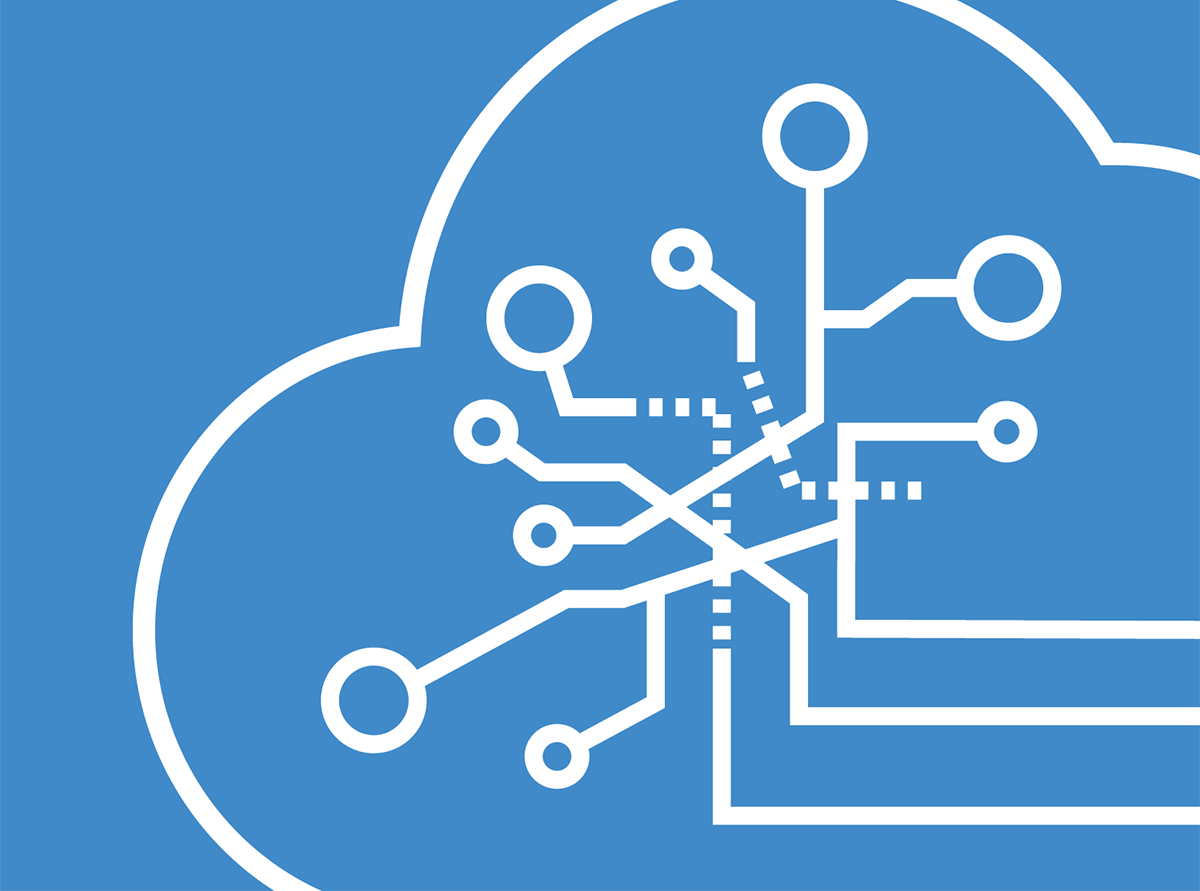Sponsored
Cloud and complexity in IT
In association withTIBCO
It’s an old story by now—cloud is the computing of the future. What has become evident in recent years, however, is cloud has established itself as the computing of the present—and the agile IT architecture it has enabled is critical to any organization’s efforts to increase efficiency and business resilience. In other words, transitioning IT capabilities to the cloud is seen as a (if not the) critical success factor to realizing digital transformation goals. An MIT Technology Review Insights survey has found that while an overwhelming majority of technology decision-makers are using the cloud to operate with more speed and agility, many believe they are not moving fast enough to achieve those benefits. Here are the main findings:

Cloud and complexity in IT
- Companies are looking to cloud for speed and agility. Nine out of 10 respondents say they are trying to move their infrastructure to the cloud to run as quickly and nimbly as their business objectives require. Two interdependent drivers—scaling up infrastructure quickly and increasing business agility and speed to market—were cited as the top cloud adoption drivers by respondents.
- Migration schedules are challenged by complex integration. While respondents want to use the cloud to enable more responsive operations, nearly half, or 47%, of surveyed executives believe their organizations are not moving to the cloud on schedule. Most of those have found migrating workloads, data, and operational processes more difficult than anticipated. Another layer of complexity: integrating a tangle of on-premises and cloud systems and cloud applications. Moving to the cloud, while offering a step-change in the cost and capability of IT resources, is not a simple process.
- The approaches to modern architecture are diverse. There is tremendous diversity in the technology and tools that organizations are deploying to modernize their IT capabilities: roughly half of respondents indicate they are deploying application programming interfaces (APIs), containers, or serverless architecture. Microservices are also fairly widely used, and adopting multiple technologies is the norm—the average respondent indicates their organization is adopting or planning to adopt at least two technologies. Organizations are adopting multiple approaches to modernizing IT infrastructure because cloud migration requires a radical reorganization of infrastructure and development teams, processes, and resources. They need to be reworked into a continuous integration, architecture, and delivery process, through which new capabilities are constantly deployed, evaluated, and refined.
- Collaboration is an important part of the digitally transformed organization. With technical transformation comes operational and organizational change. More than three-quarters of the survey’s respondents believe that better cross-organizational collaboration is the greatest capability enabled by their digital transformation efforts.
Download the full report.
Deep Dive
Computing
How ASML took over the chipmaking chessboard
MIT Technology Review sat down with outgoing CTO Martin van den Brink to talk about the company’s rise to dominance and the life and death of Moore’s Law.
How Wi-Fi sensing became usable tech
After a decade of obscurity, the technology is being used to track people’s movements.
Why it’s so hard for China’s chip industry to become self-sufficient
Chip companies from the US and China are developing new materials to reduce reliance on a Japanese monopoly. It won’t be easy.
Stay connected
Get the latest updates from
MIT Technology Review
Discover special offers, top stories, upcoming events, and more.